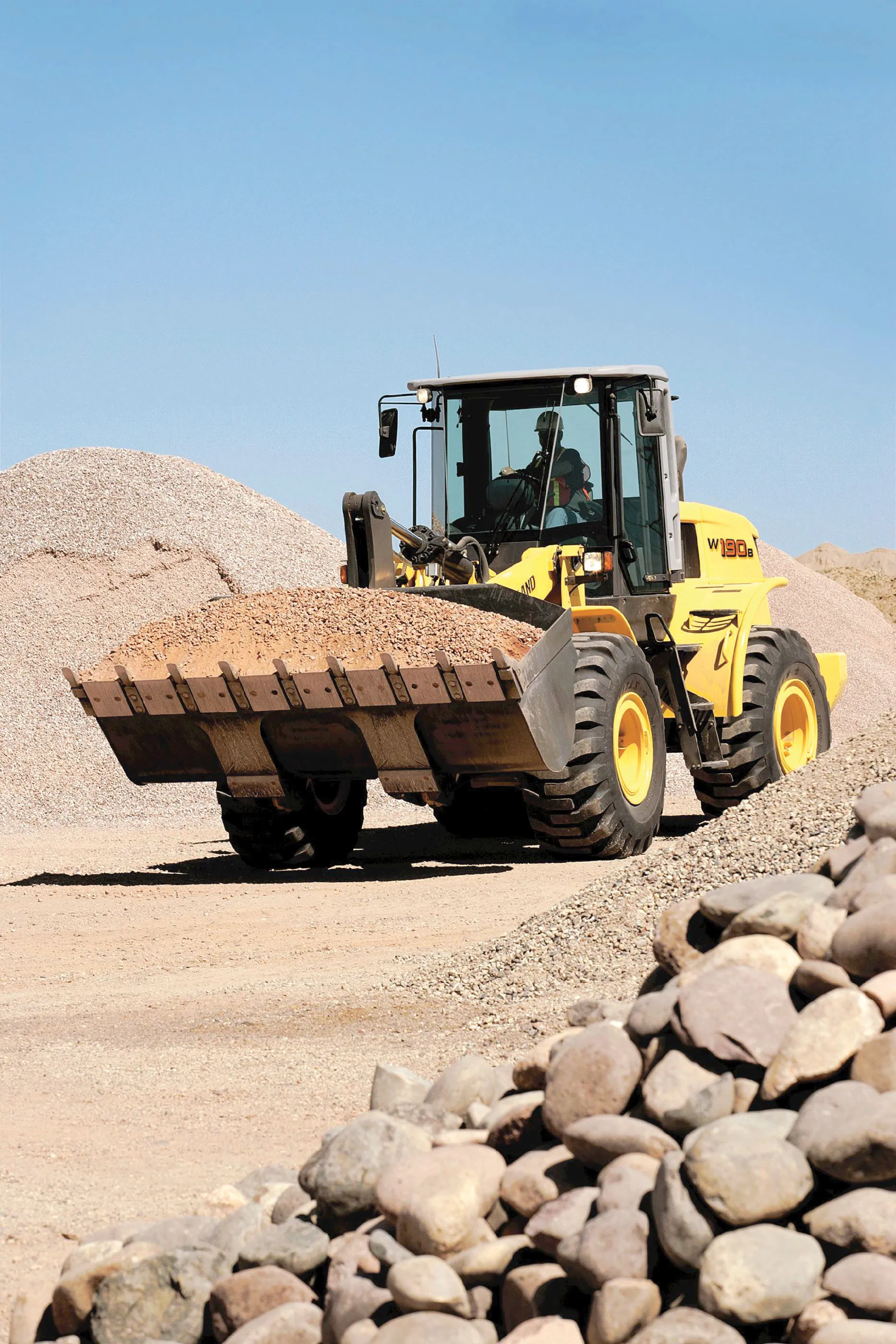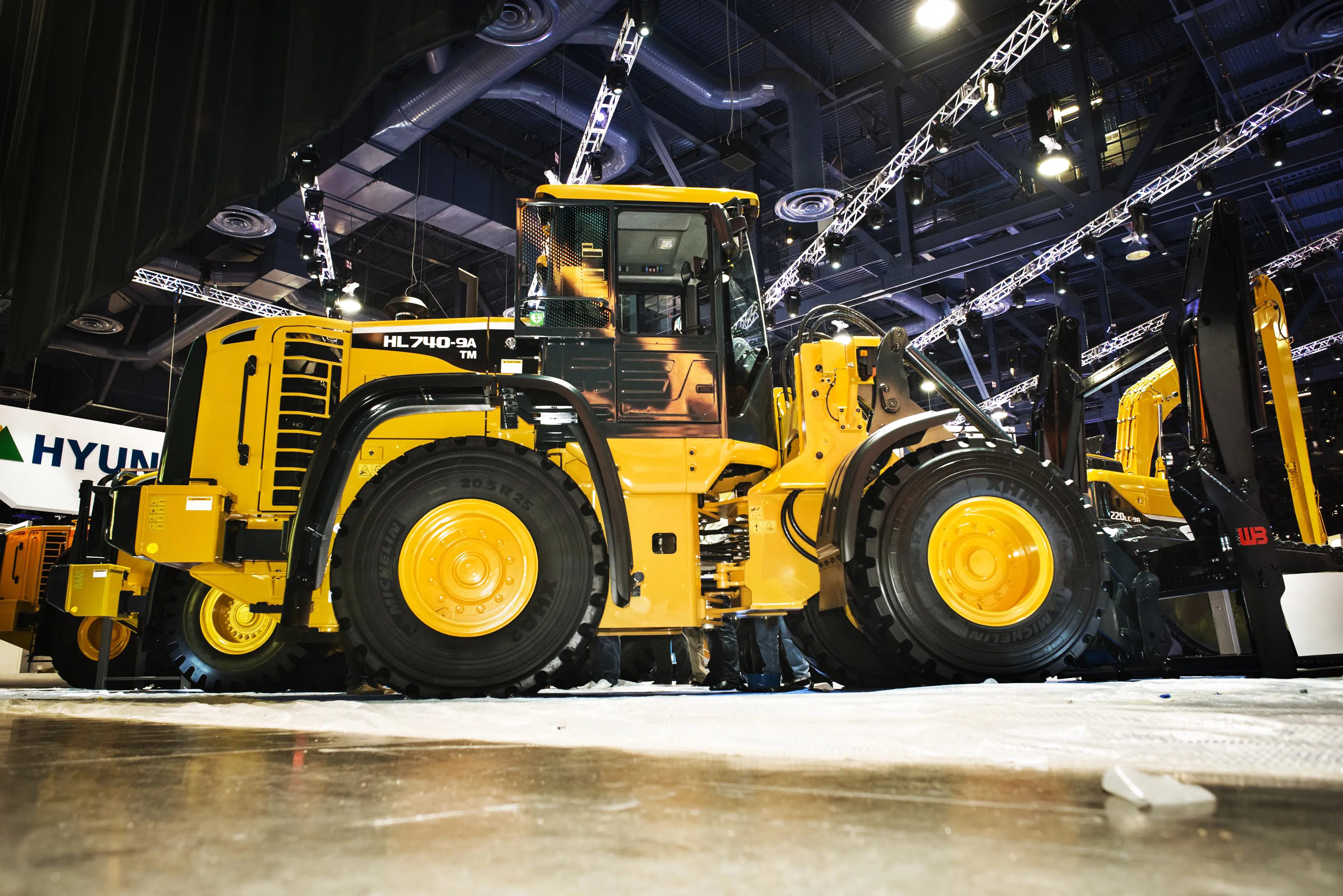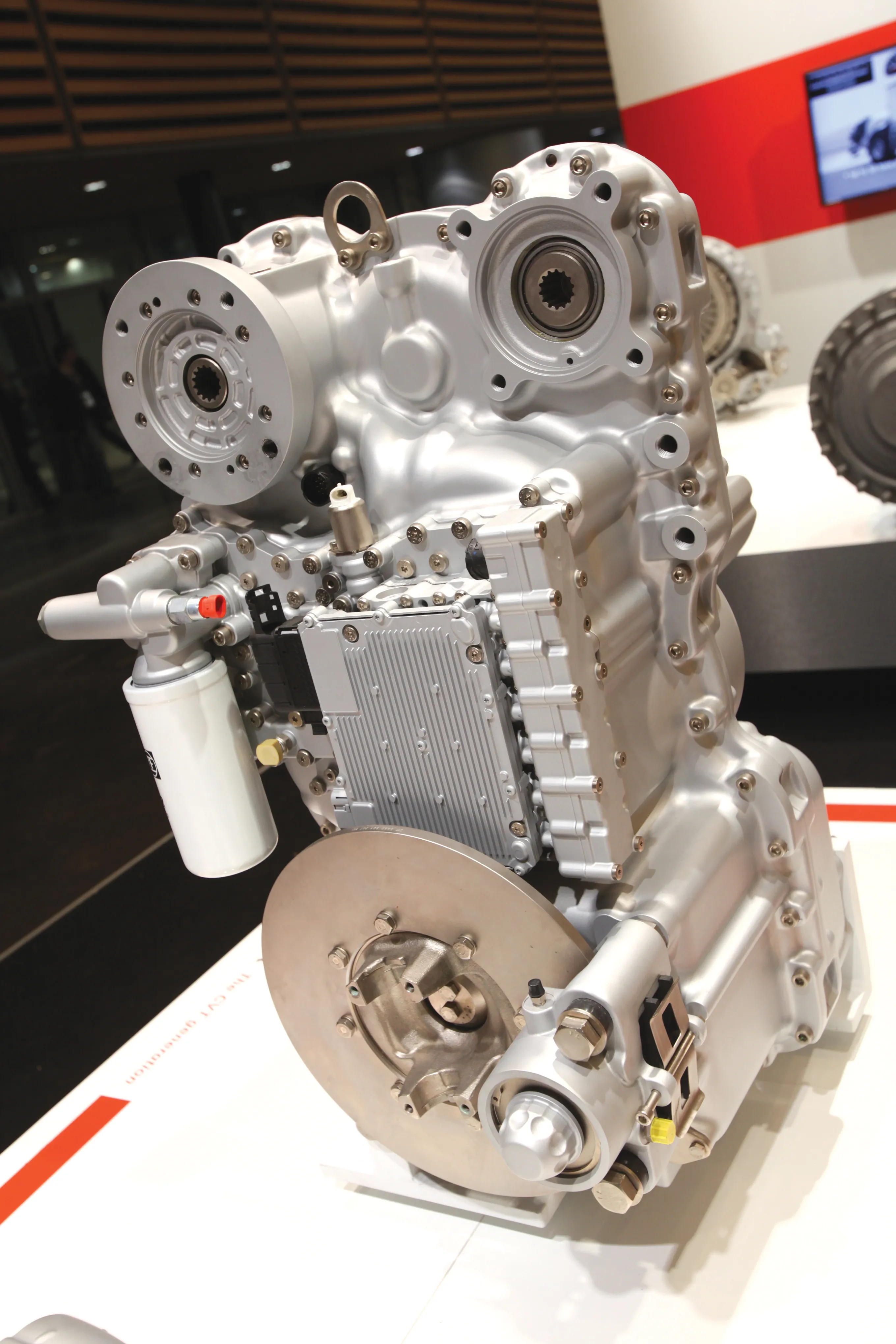New Holland used the Hillhead quarrying and recycling show near Buxton, England, to display two new wheel loader models, the W190B and W270B. The company claims that the W270B offers high productivity and stability in operation. Power comes from a 239kW diesel that meets US and European emissions requirements while the machine runs on axles with integrated multi-disk brakes and self-locking differentials for high traction on slippery and uneven ground. High breakout forces and productivity are claimed while
February 6, 2012
Read time: 2 mins

The company claims that the W270B offers high productivity and stability in operation.
Power comes from a 239kW diesel that meets US and European emissions requirements while the machine runs on axles with integrated multi-disk brakes and self-locking differentials for high traction on slippery and uneven ground.
High breakout forces and productivity are claimed while the machine is also efficient due to its load-sensing, flow sharing, pressure-compensated hydraulic system.
A PowerShift transmission offers the choice of manual or automatic gear selection, with the on-board computer automatically selecting the optimum ratio. A long wheelbase and wide track maximise stability and the machine weighs in at 17.6tonnes and is offered with buckets that have capacities from 3.1-3.5m3 as standard.
The 169kW W190B, a medium-size wheel loader, runs a common rail engine designed by Fiat Powertrain Technologies to provide high engine efficiency, high torque at low rpm, low fuel consumption and low emissions.
The W190B has a bucket capacity of 3.1-3.5m3 and a maximum operating weight of 17.6tonnes and at Hillhead was seen in waste management configuration, featuring extra protection to ensure maximum safety and productivity in the hostile environments typical of waste management facilities.







